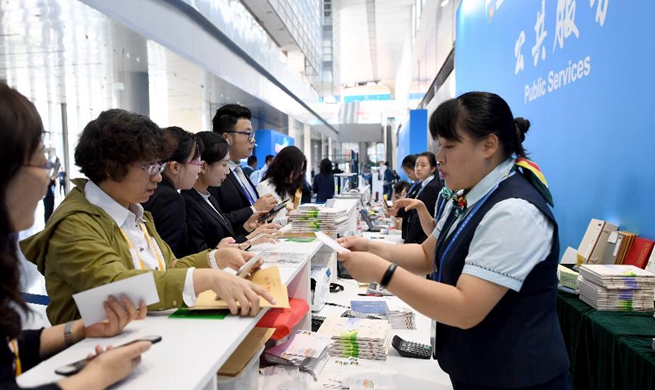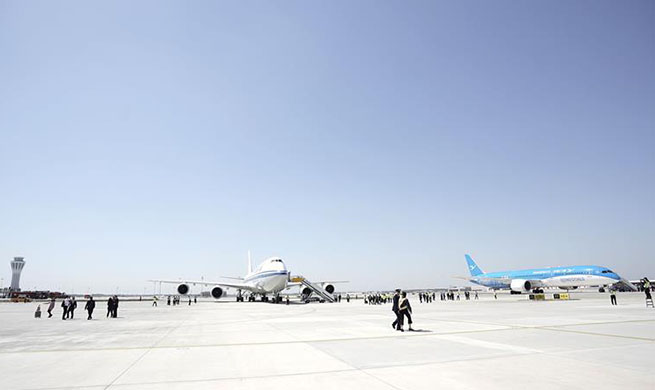HANOI, May 14 (Xinhua) -- The capital adequacy ratio (CAR) of Vietnam's credit institutions, a measurement of financial strength by using capital and risk-weighted assets, has inched up to 11.80 percent at the end of February from 11.57 percent in January, local newspaper Vietnam News reported Tuesday, citing the country's central bank.
According to local experts, the rise was due to the increased equity of the credit institutions, of which the equity of private commercial banks posted the highest hike of nearly 2.02 trillion Vietnamese dong (87.8 million U.S. dollars) to more than 332 trillion Vietnamese dong (14.4 billion U.S. dollars).
Despite the rise, the experts noted the CAR of domestic banks remained very low, especially in the group of state-owned commercial banks.
The central bank has regulated that starting from January 2020, local banks will have to meet the CAR requirement of at least 8 percent.
Total loans of Vietnam's banking system grew 14 percent in 2018, falling short of the 17-percent target. The central bank has set the 2019 credit growth target at about 14 percent.













